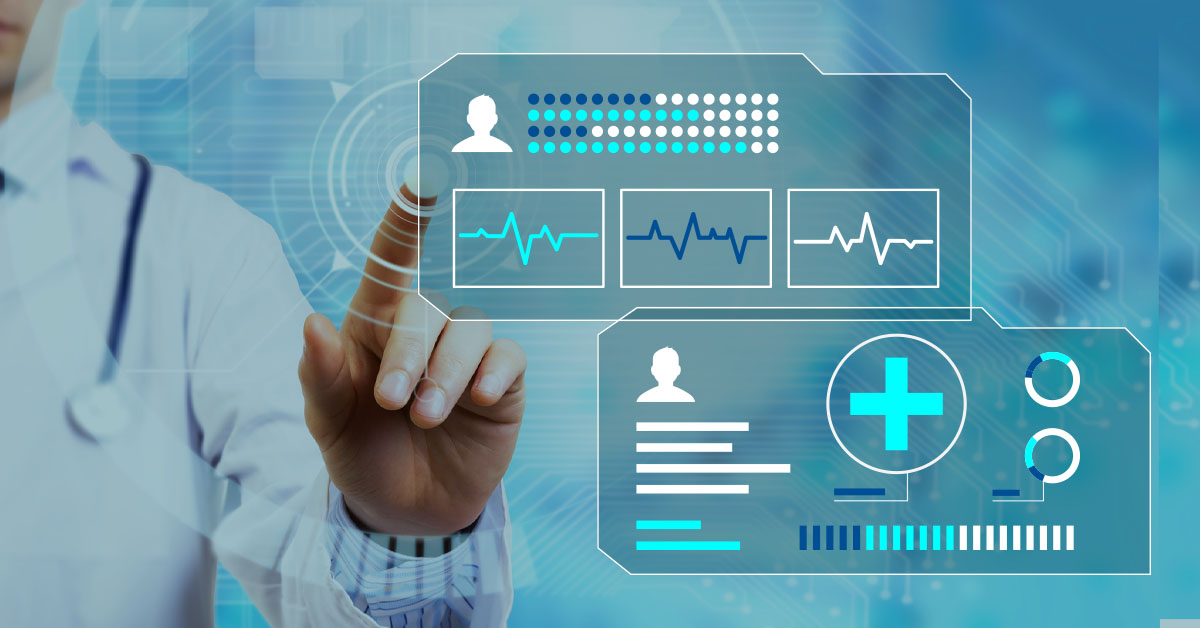Algorithm’s word: is better to predict than be sorry*
Throughout its almost 44 years of existence, the National Health Service (SNS) has strived to put Portugal in a top place when it comes to the quality of life of millions of citizens. But talking about healthcare in Portugal is not just about the SNS. It is about the private and social sectors, the involvement of universities, communities, and technology companies, as well as the creation and implementation of new dynamics and technologies that help to respond more effectively to pressing challenges such as long waiting lists, hospital overcrowding, shortages of human and material resources or the aging population.
By being directly involved in the development of a pioneering project of Telemonitoring of Patients at Risk currently implemented at the Centro Hospitalar Universitário Cova da Beira, I understood well the importance of this type of synergies. I realized that it is possible to obtain data that serves to continuously monitor and follow the patients’ risk trajectory, create trend graphs, notifications, and alerts that allow timely action in any situation of deviation from the trajectory and, thus, detect early signs of worsening of the patient’s health status. All this is done remotely, from any location (whether hospital, clinic, home, or residence), and in real-time.
More than that, I understood that, over time, it is possible to collect and analyze large volumes of real data coming from various sources (vital parameters measured via devices/monitors, medical records, history of exams and treatments performed, demographic data, etc.), which enable predictive analytics – based on using historical data to predict future events – able of providing valuable (and anticipatory) statistical information that improves efficiency, reduces costs and ensures better access to healthcare.
This more holistic and preventive approach has several steps (definition of objectives, data collection and preparation, exploratory analysis, construction, validation, evaluation, and implementation of the model), which result in numerous benefits. It facilitates the prediction of real existing needs, favors a better allocation of resources, identifies health patterns and risk factors that facilitate early intervention and the prevention of diseases or epidemic outbreaks, allows the personalization of treatment based on reliable information and adapted to the unique characteristics of each patient, prevents hospital readmissions, increases efficiency and reduces unnecessary steps and costs in the provision of health care.
These predictions, which are the result of a continuously refined process, pave the way for broader global knowledge, including screening and literacy programs as well as academic and scientific research. New possibilities that will allow the creation of new paradigms for approach, prevention, and cure for all kinds of diseases, the creation of scientific articles, the development of new innovative medical prototypes, or collaboration with the academic and business community. A new level of possibilities for improving clinical practice, the flow and use of available information, and the development of the health sector in Portugal and worldwide.
At a time when genomic data is becoming as easy to obtain as a simple blood test, software, algorithms, machine learning, and artificial intelligence are powerful allies to boost emerging precision medicine. Imagine, for example, being able to identify the genetic factors that make you more susceptible to certain diseases. You would be able to adopt personalized preventive measures, know which drugs are most effective, adjust your lifestyle, and perform specific screening tests more often.
Perhaps this future is not so far away. With the right technology and a careful approach to data privacy and ethical issues, that future can start to unfold today.
*This article was originally published on Saúde Online.



